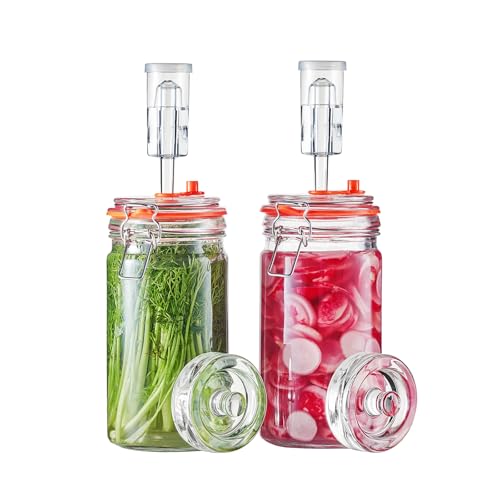I use stainless steel primary fermenters and I always carefully wash them and then sanitize with star-san.
....and then we immediately dump in earwigs and leaves and spiders and cobweb and ants and probably at least one feather.....
(don't get me wrong--we harvest carefully and get clean clusters but there's always a few leaves that show up when we start punching the cap down)
So why am I bothering to carefully sanitize the primary vessel??
I guess if I was doing a pre-fermentation soak ? Or fermenting with natural yeast ? But I am pitching commercial yeast AS I CRUSH and fermentation is rocking and rolling in an hour or two and I don't see what could be on the (newly clean) walls of the fermenter that is nearly as bad as what is on even a single large cluster of grapes....
If I pitch immediately can't I just clean the primaries with soap and water?
....and then we immediately dump in earwigs and leaves and spiders and cobweb and ants and probably at least one feather.....
(don't get me wrong--we harvest carefully and get clean clusters but there's always a few leaves that show up when we start punching the cap down)
So why am I bothering to carefully sanitize the primary vessel??
I guess if I was doing a pre-fermentation soak ? Or fermenting with natural yeast ? But I am pitching commercial yeast AS I CRUSH and fermentation is rocking and rolling in an hour or two and I don't see what could be on the (newly clean) walls of the fermenter that is nearly as bad as what is on even a single large cluster of grapes....
If I pitch immediately can't I just clean the primaries with soap and water?











































![[Upgraded] 9Pcs Tree Root Growing Box with Drain Holes, Half Transparent Plant Rooting Propagation Ball & Metal Core Twist Ties, for Fast Propagation Plants (Size M)](https://m.media-amazon.com/images/I/514MWQxtWOL._SL500_.jpg)









